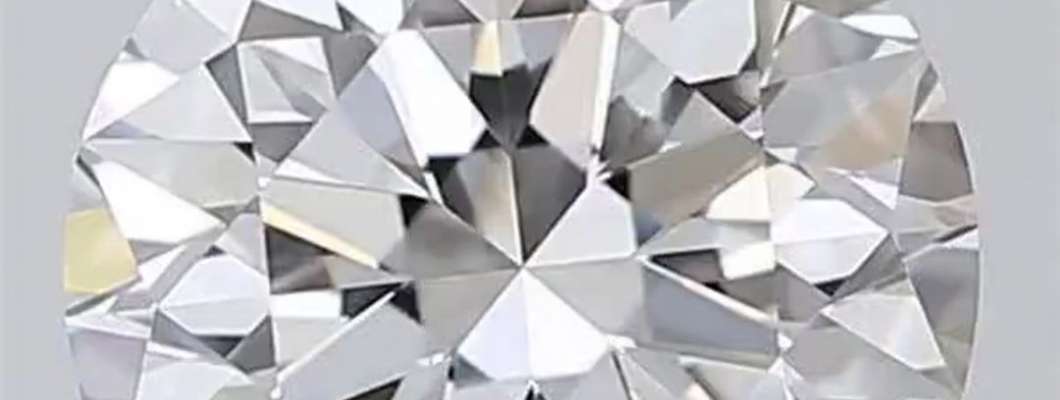
Le 4C per scegliere un diamante
PREMESSA:
Le 4C: Color, Clarity, Cut, Carat, sono state istituite da GIA (Gemological Institute Of America) e da allora hanno stabilito lo standard mondiale utilizzato ancora nei nostri giorni per la selezione e la valutazione del diamante.
DIAMANTE - COLORE
Le sottili differenze di colore possono influenzare notevolmente il valore del diamante. Due diamanti della stessa purezza, stesso peso e stesso taglio possono avere diverse varianti di valore in base al rispettivo grado di colore. Un minimo cambiamento di colore può causare una notevele differenza del valore finale. La variegata scala dei colori del diamante va dall'incolore al giallo chiaro e al marrone. Il diamante più si avvicina all'incolore e più sono rari e costosi
DIAMANTE - PUREZZA
Purezza I diamanti si formano nelle profondità della terra, esposti a pressioni e temperature elevatissime, spesso contengono inclusioni. La purezza del diamante si riferisce all'assenza di queste inclusioni. I diamanti privi di inclusioni sono rari, e la rarità colpisce il valore di un diamante. Ai diamanti viene assegnato un grado di purezza che fa riferimento ad una scala be precisa dove minori saranno le inclusioni e maggiore sarà il valore del diamante. Ogni diamante è unico. Nessuno è assolutamente perfetto, anche se alcuni si avvicinano alla perfezione.
DIAMANTE - TAGLIO
Il taglio del diamante se eseguito a perfezione si ottiene un effetto wow. I diamanti sono rinomati per la loro capacità di trasmettere la luce attraverso la sua intensa brillantezza. Spesso pensiamo al taglio del diamante come la forma dello stesso, tondo, cuore, ovale, marquise, ma il taglio di un diamante si riferisce su quanto bene sono realizzate le sfaccettature le quali interagiscono con la luce e anche qui, troviamo una precisa scala di riferimento necessaria a indicare quanto bene è stato eseguito il taglio. Lo studio del taglio è un'arte precisa di lavorazione che rispetta i rigidi canoni di simmetria, proporzioni, e lucidatura; tutti questi elementi sommati tra loro donano al diamante la magia della brillantezza a seguito dell'attraversamento della luce.
DIAMANTE - CARATO
Siamo abituati a comprare prodotti utilizzando unità di peso come : chilogrammo, grammo, quintale... Tuttavia ci sono persone che non hanno mai comprato un diamante e sono abituate all'idea che il prezzo e peso siano correalati ma purtroppo rimarranno sorprese quando sia accorgeranno che se 1 carato di diamante ipoteticamente costasse $ 8000,00 il costo di 2 carati sarà di $ 18000.00 per il semplice concetto che i diamanti più grandi sono sempre più rari. Un carato corrisponde a 0,2 di un grammo, un carato è suddiviso in cento punti, quindi possiamo dire che 0,001 corrisponde ad un centesimo di carato oppure un punto di carato.
DIAMANTE - FLUORESCENZA
Un "nuovo" elemento non meno importante è la fluorescenza del diamante, anche questa fa riferimento ad una scala con diverse varianti di gradazioni, suddiviso in colore della fluorescenza e gravità della stessa. Quando il diamante viene esposto alla luce ultravioletta UV emettono una luce denominata fluorescenza invisibile ad occhi nudo. Una grave fluorescenza può confondere il colore di un diamante, nel nostro negozio trattiamo solo diamanti senza fluorescenza.
CONCLUSIONI
L'acquisto di un diamante non è mai una cosa semplice, il nostro consiglio è sempre quello di affidarsi a professionisti comprovati oppure su negozi online referenziati dalla reale gioielleria, i quali consigliano per professionalità le migliori certificazioni sul panorama internazionale, nel nostro negozio troverete un assosrtimento di pietre certificate GIA - HRD - IGI e potrete approfittare del nostro personale per un consiglio mirato e ben calibrato alle specifiche esigenze.

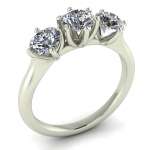

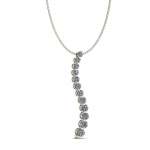
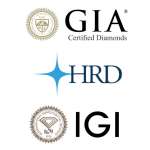
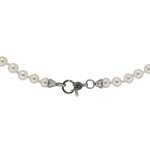
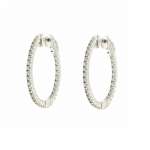
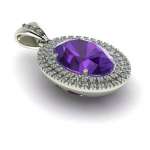
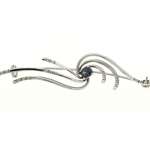
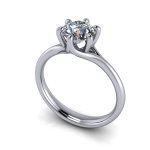

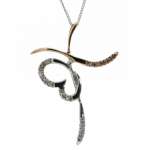
-150x150h.jpg)
-150x150h.jpg)
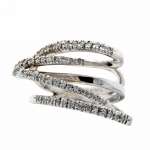
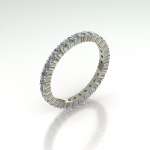
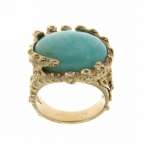
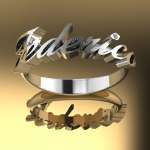
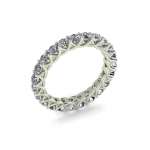
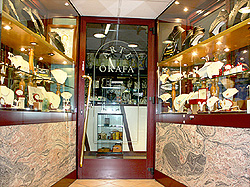 Gioielleria Arte Orafa da oltre 30 anni sul mercato dei gioielli artigianali e diamanti certificati GIA HRD IGI.
Gioielleria Arte Orafa da oltre 30 anni sul mercato dei gioielli artigianali e diamanti certificati GIA HRD IGI.

Leave a Comment